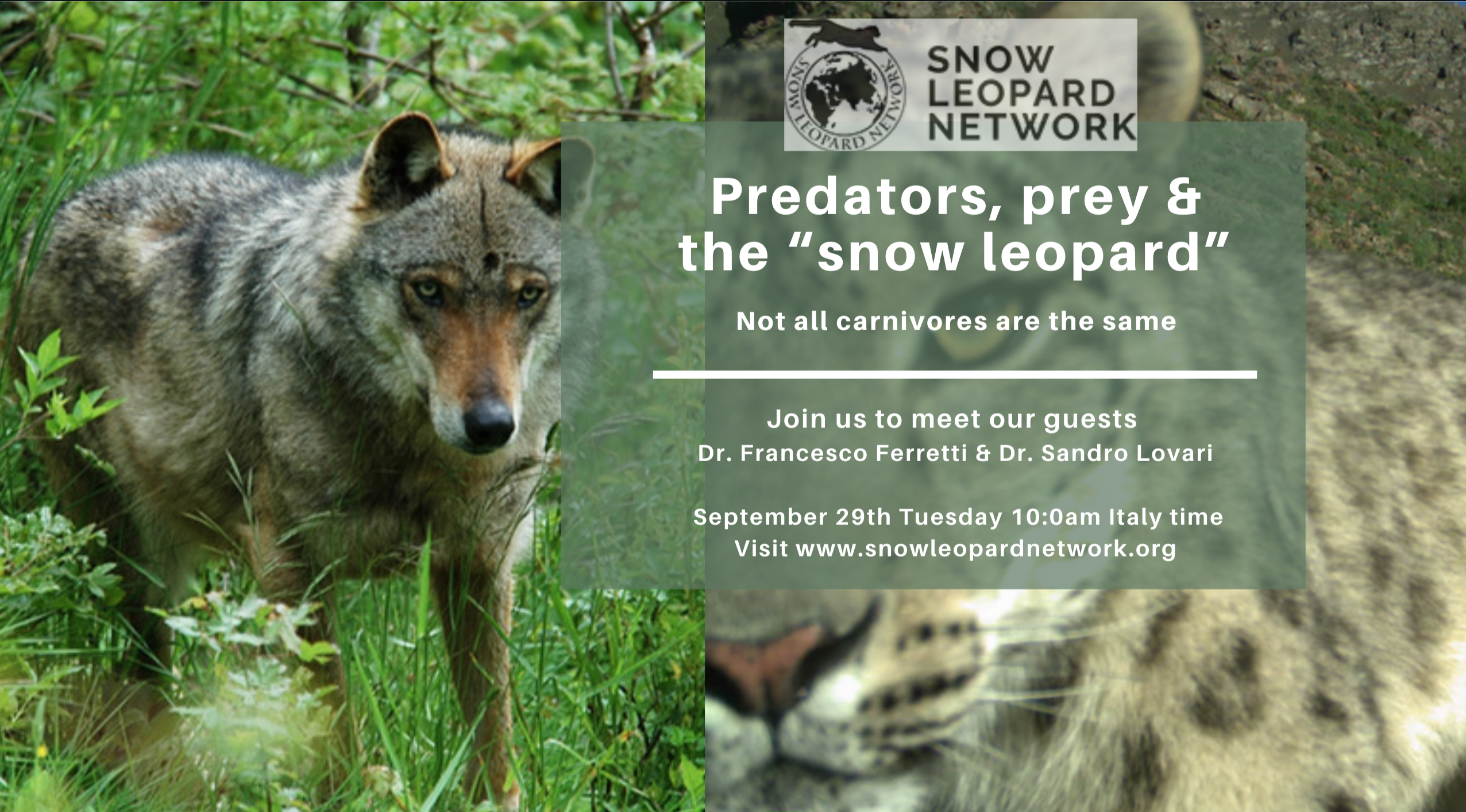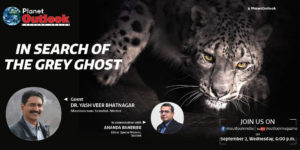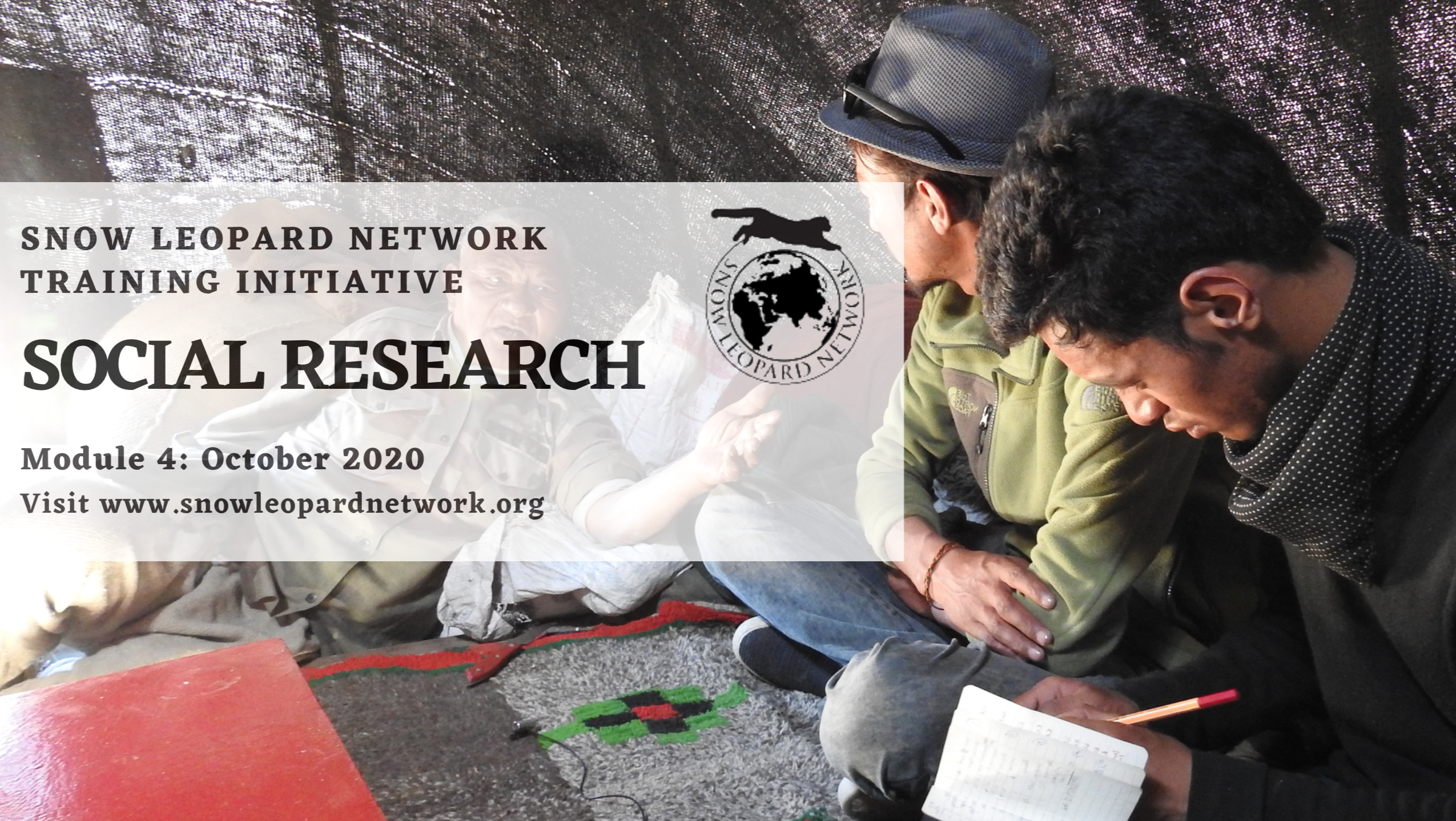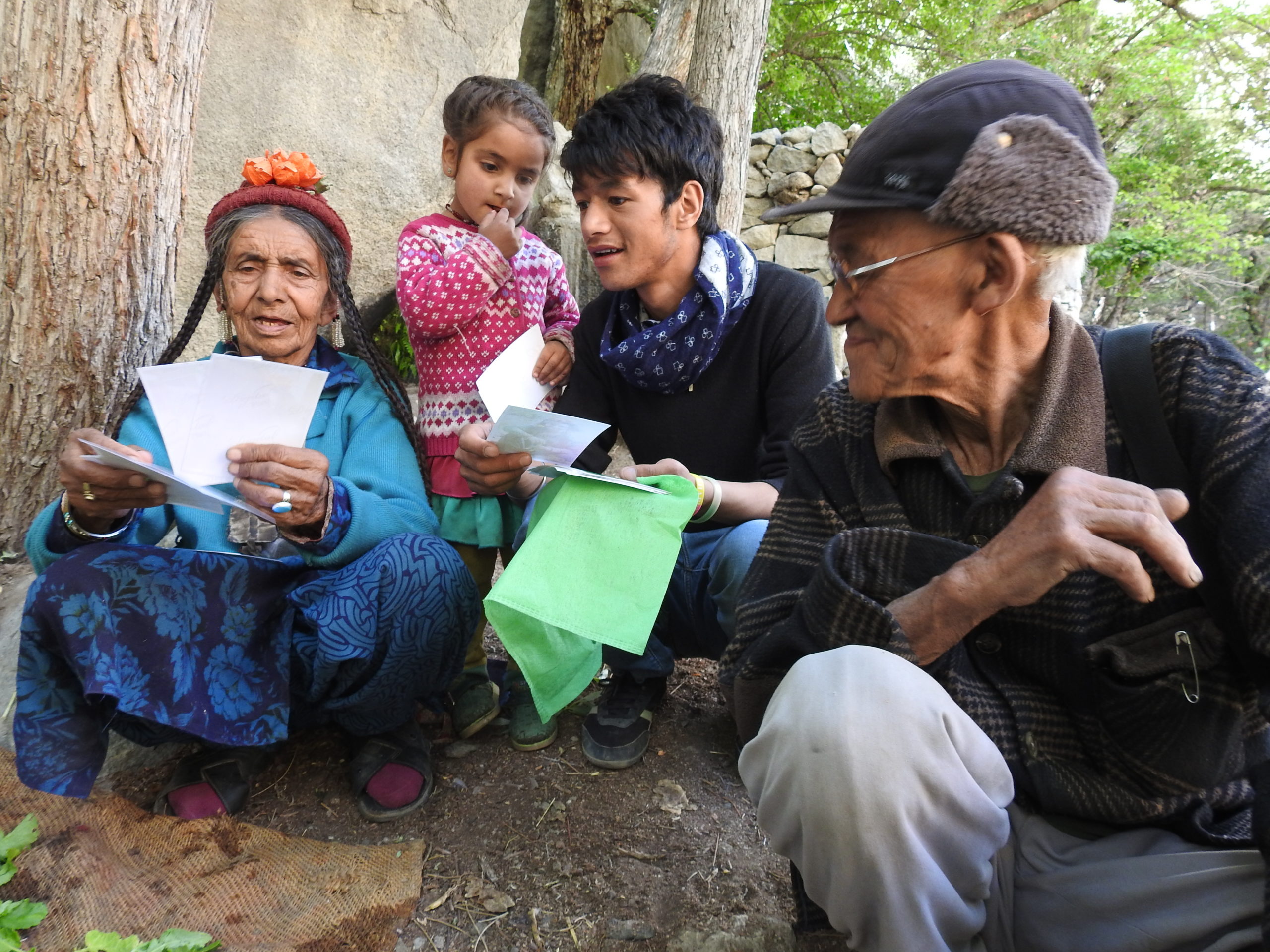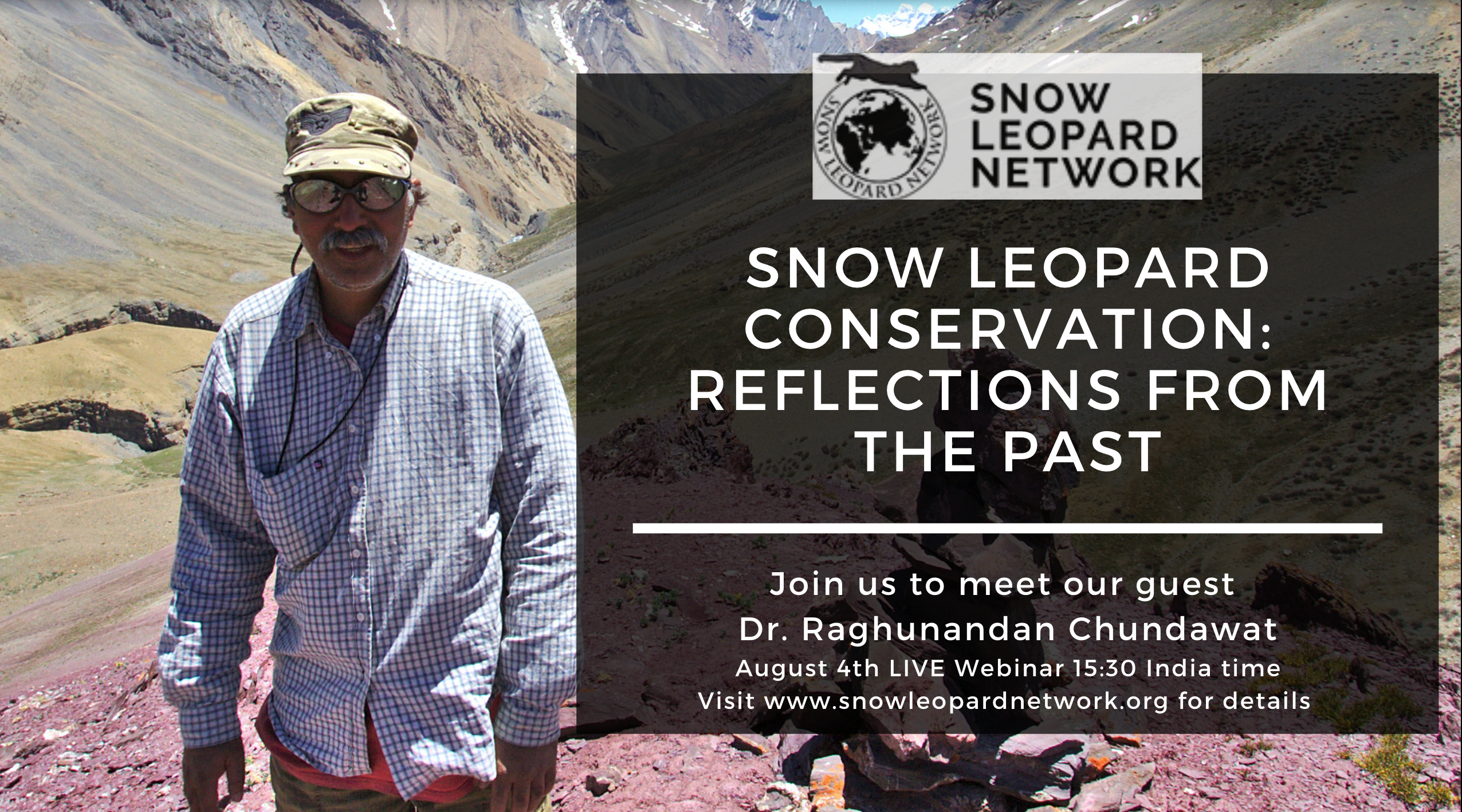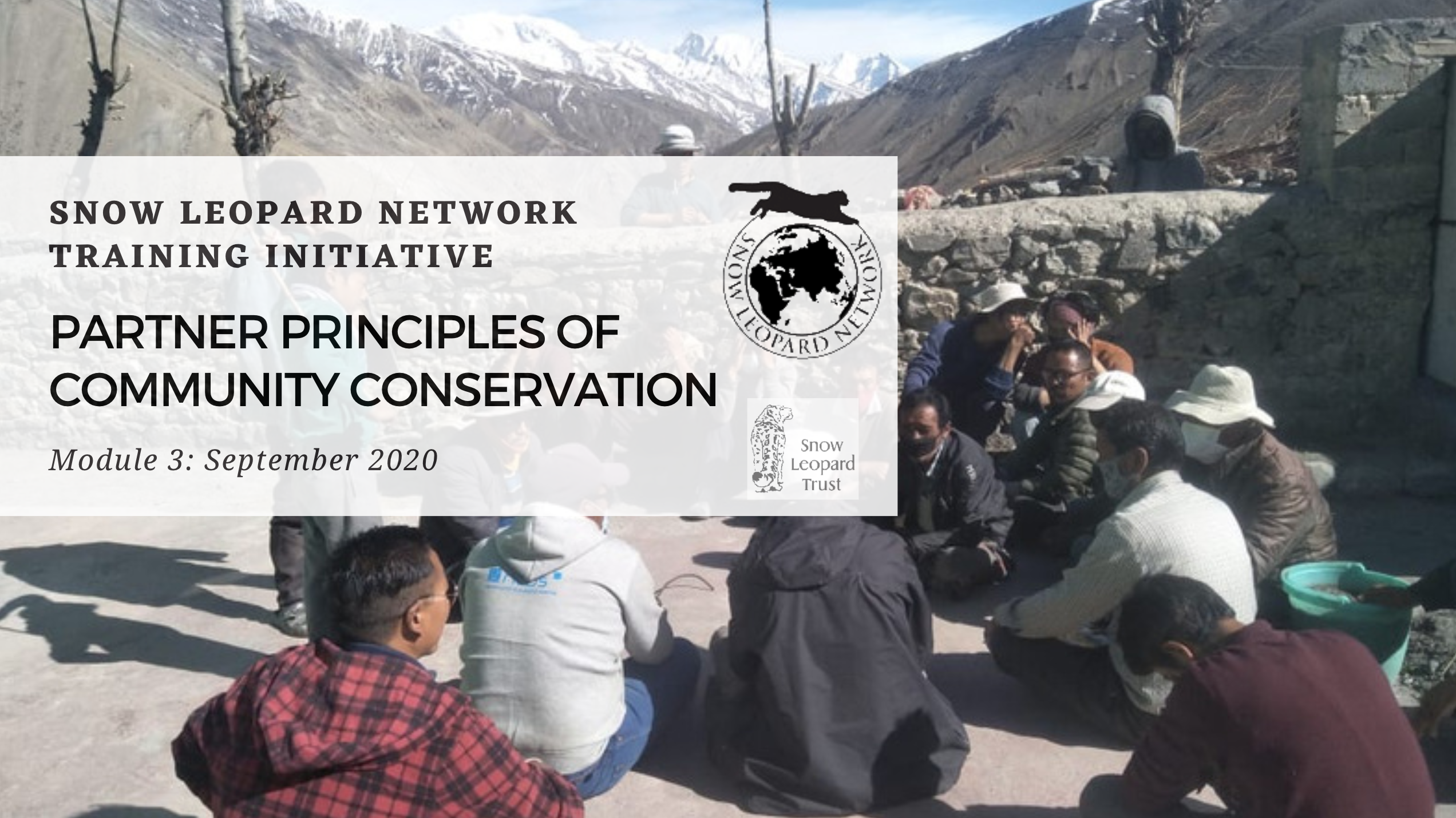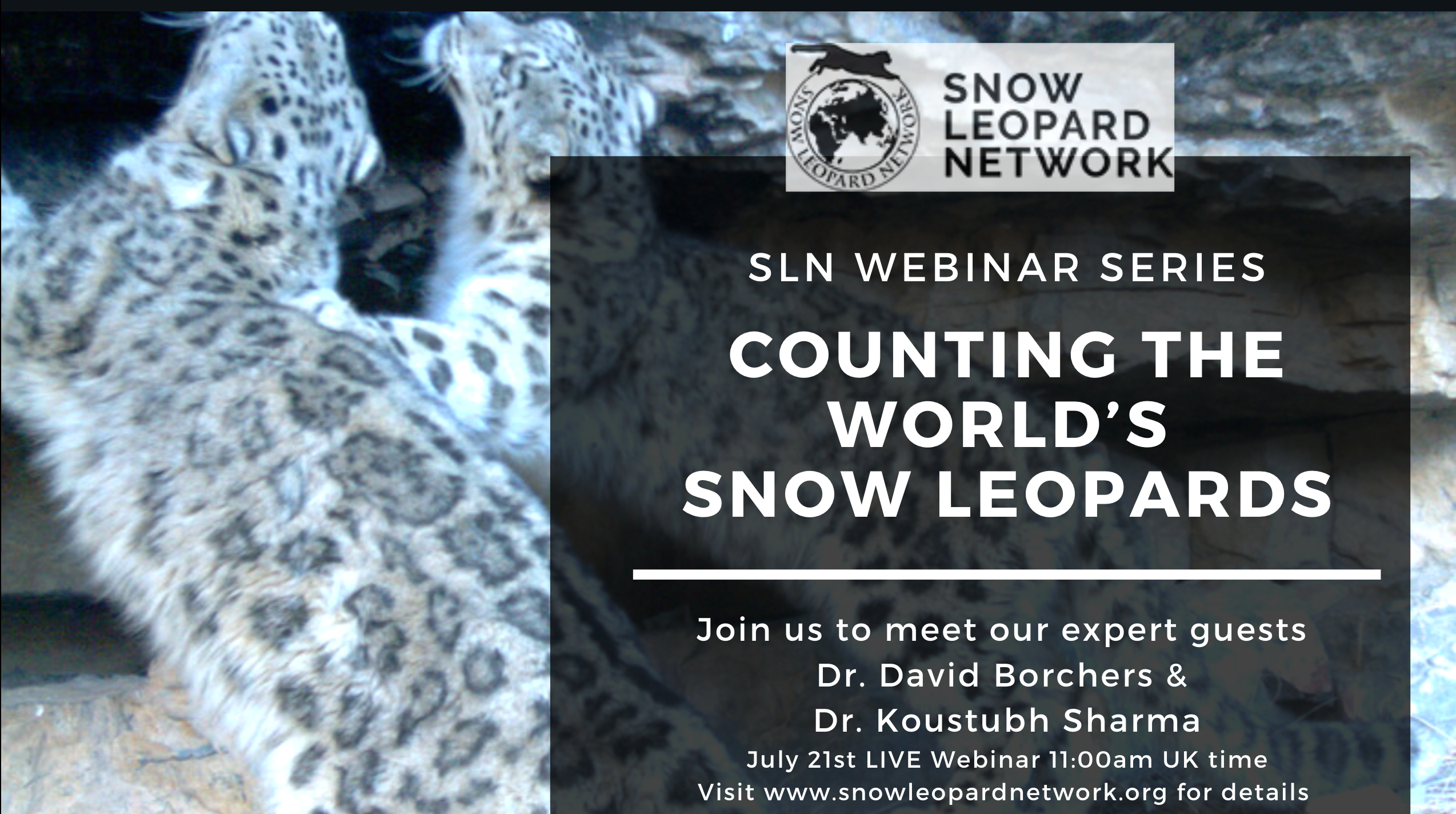
In 2019, a group of researchers traveled to Mongolia to test the utility of employing drone (UAV) technology for assessing the abundance of snow leopard prey species like argali and ibex. Dr. Rodney Jackson, the Snow Leopard Conservancy’s Director was accompanied by Dr. Don Hunter of Colorado’s Rocky Mountain Cat Conservancy, Dr. Bariushaa Munkhtsog of the Mongolian Academy of Sciences, Institute of Biology, and Irbis Mongolia, and videographer Ben Hunter of the Isaacson School for New Media, Colorado Mountain College.
Snow leopards are at risk of extinction due to a wide variety of threats, including retaliatory killing, poaching, prey depletion, and habitat loss and disruption. In order to help this species survive, it’s important to know their numbers, distribution, and characteristic behaviors. However, being an inhabitant of a high-mountain environment snow leopards are very difficult to locate and study. Newer non-invasive research methods like trail cameras and fecal genotyping have been helpful, but there still remains the question as to how many snow leopards and prey remain in the wild – questions which lie at the very heart of the 12 range state GSLEP-supported PAWS program.
Given that it is very difficult and expensive to count the cats, an easier, less-expensive alternative is assessing the abundance of their large prey species like ibex, argali, and blue sheep. Snow leopards and other predators thrive in areas with a healthy and stable prey base. Therefore, one can infer snow leopard population capacity based on the number of available prey, including wild and domestic ungulates (hoofed stock).
Some wild ungulates are easier to observe as they prefer open terrain, but they still occupy a vast habitat. In recent years, drones equipped with infrared thermal (temperature) sensors have proven effective for rapidly surveying more habitat than is possible by a person walking along transects and counting the wildlife observed.
After successfully testing the drone surveying deer (mountain lion prey) in Colorado, the team traveled to Mongolia’s Ikh Nart Nature Reserve in the East Gobi Province and Toost Uul Community Reserve, located in the South Gobi. A commercial-grade drone, the DJI Matrice 210, utilizing thermography and a powerful zoom lens was deployed to detect and assess numbers of argali and ibex along several fixed transects that have been surveyed annually over the last 20 years under a program established by Denver Zoo.
Though preliminary, the results were very encouraging. The drone detected a total of 37 argali in six groups along one 4-km (2.5-mile) transect, as illustrated below. This and other transects are monitored annually by ground observers that walk and note animals one kilometer (approx. 1,100 yards) on either side. However, not all parts of each transect is visible to them. Using GIS and a 30 meter DEM (Digital Elevation Model), we mapped the rough extent of terrain, the “viewshed,” visible to observers walking the transect centerline, indicated by the green-shaded areas. The brown areas were obscured to the ground observers but visible to the drone flying at 100 m (330 feet) above ground level.
As shown in the figure, four of the six argali groups were in areas obscured from human observation, areas such as hidden valleys, gullies or behind rocky outcrops, and thus only visible to the drone flying overhead. The drone covered the entire transect in a fully autonomous 20-minute flight covering the four transect segments shown in black. In all, it was a very promising start to a project that clearly merits continued study.
Click the link below to view a video of the project produced Ben Hunter:
https://www.youtube.com/watch?v=ZSszMTNKN_4&feature=emb_title
This project was supported by a Sabin Foundation grant the Rocky Mountain Cat Conservancy received from Panthera. Thanks also to the SLC donors for their support.
Submitted by Dr. Rodney Jackson, Dr. Don Hunter and Dr. B. Munkhtsog.
